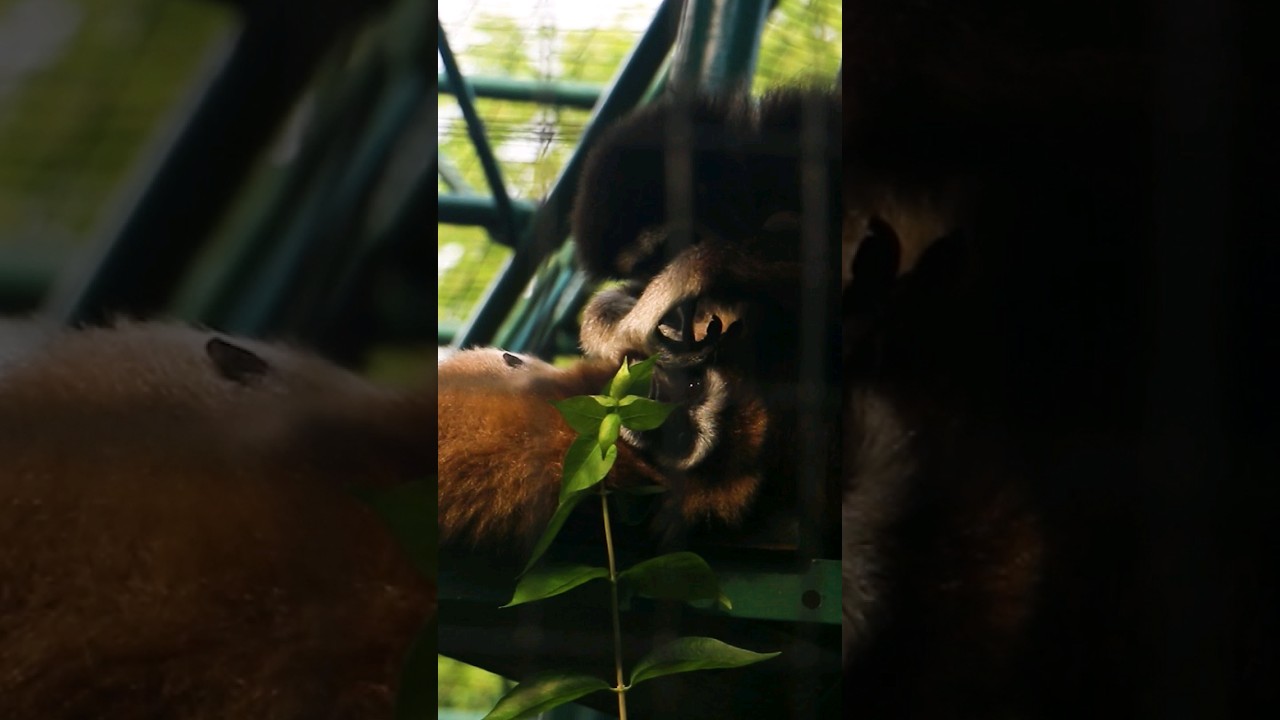The Significance of Social Engagement for Gibbons: The Role of Grooming in Their Daily Life
Heralded as the choristers of the primate kingdom, gibbons are renowned for their intricate and melodious calls that reverberate through Southeast Asia’s lush forests. However, gibbons’ charming lifestyle extends beyond their vocal prowess, including a vibrant social life characterized by strong familial and group ties integral to their survival and well-being in their natural environment. A significant part of these social interactions is grooming, which involves meticulously sifting through each other’s fur to rid it of unwanted bugs or parasites. Grooming transcends the boundaries of being a mere cleanliness routine and serves as a medium for bonding and communication among gibbons, fostering natural behaviors and solidifying relationships.
The Role of Grooming in Social Connectivity
While grooming is a shared trait among many primate species, including chimpanzees, macaques, and baboons, gibbons display a particular penchant. Some studies suggest they devote up to 20% of their wakeful hours to grooming each other. This practice serves more than just hygienic purposes; it facilitates social bonding. Through grooming, gibbons forge and uphold relationships, alleviate disputes, and affirm social hierarchies. It is common to witness a juvenile gibbon grooming a more dominant adult or a gibbon pair grooming each other concurrently, fostering a reciprocal relationship.
Exercising Natural Behaviors
Beyond the social advantages, grooming offers gibbons an opportunity to engage in natural behaviors, which could otherwise be challenging in captivity. In the wild, gibbons spend most of their time in trees, nimbly swinging from branch to branch. Grooming allows them to climb, dangle, and navigate the treetops, exercising their muscles and refining their inherent skills. This activity addresses the mental and emotional needs of gibbons and their physical ones, enabling them to retain their agility and flexibility as they would in the wild.
Opportunistic Eating: A Glimpse into the Gibbon’s Diet
Though the video primarily emphasizes grooming, it is worth mentioning that gibbons are opportunistic feeders. As the camera sweeps across the group, several gibbons can be seen clutching tiny morsels, such as leaves or twigs, casually nibbling as they engage in grooming. Mostly frugivorous, gibbons primarily consume fruits, but their diet includes leaves, flowers, insects, and small animals. Supplementing gibbons with extra treats and foraging options in captivity can stimulate their minds and encourage natural behaviors. However, excessive treatment may lead to obesity and other health complications, so moderation is key.
Conclusion
Grooming, as a form of social interaction, plays a pivotal role in the life of gibbons, enabling them to bond, communicate, and exercise natural behaviors. Although it might appear simple to an onlooker, grooming is critical in gibbon society, promoting relationships, mental engagement, and physical health. Whether you are observing gibbons in the wild or captivity, witnessing their grooming rituals can offer a fascinating insight into their intricate social dynamics.
*****
Source Description
the social interaction of grooming is excellent for gibbons to practice natural behavior! Additional snacks can also be found from time to time.


